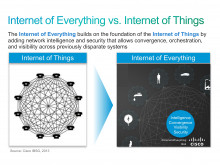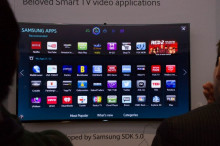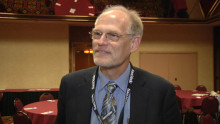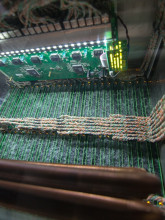Computing targets new frontier of cars, home, and everything
For the last couple of decades, the computer industry has promised, or threatened, that it is coming to take over the living room, and, along with it, the remainder of non-electronic life. Despite what the movies and science fiction promised us, there is undoubtedly a distinct lack of flying cars, cold fusion, consumer jet packs, or hoverboards on this planet; but it appears that a ubiquitous computing reality will arrive shortly.
Of course, this change was not heralded under the banner of ubiquitous data-gathering machines, it was called a much nicer name: An Internet of Things.













































































